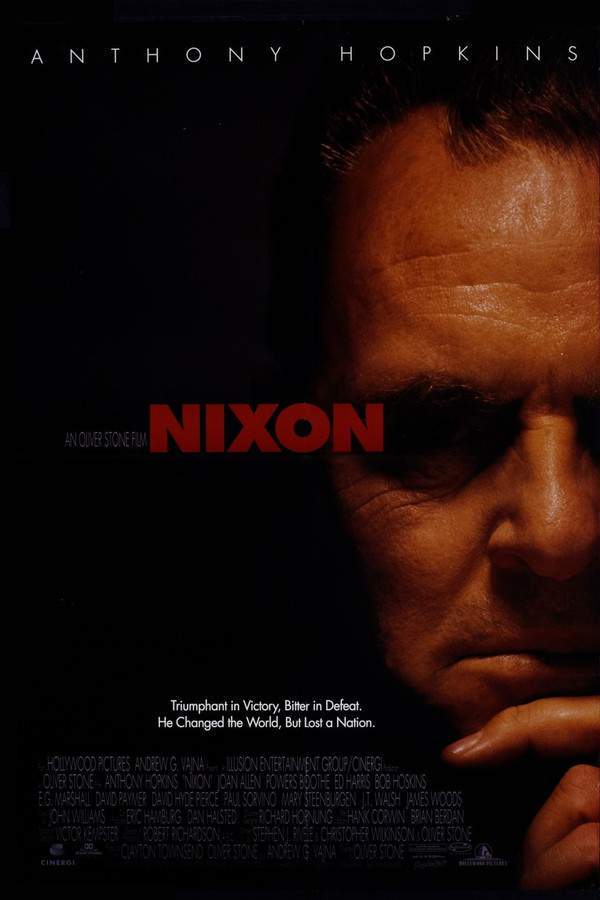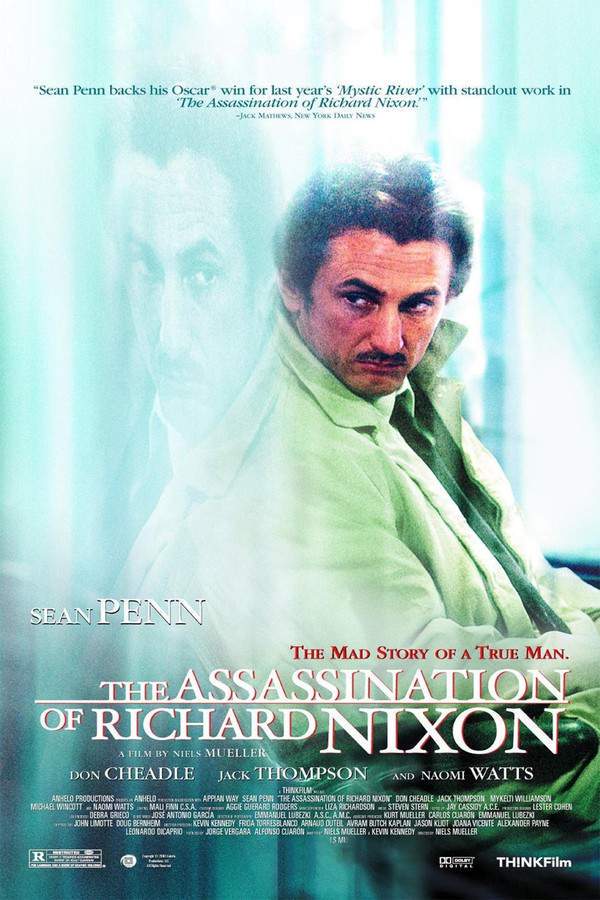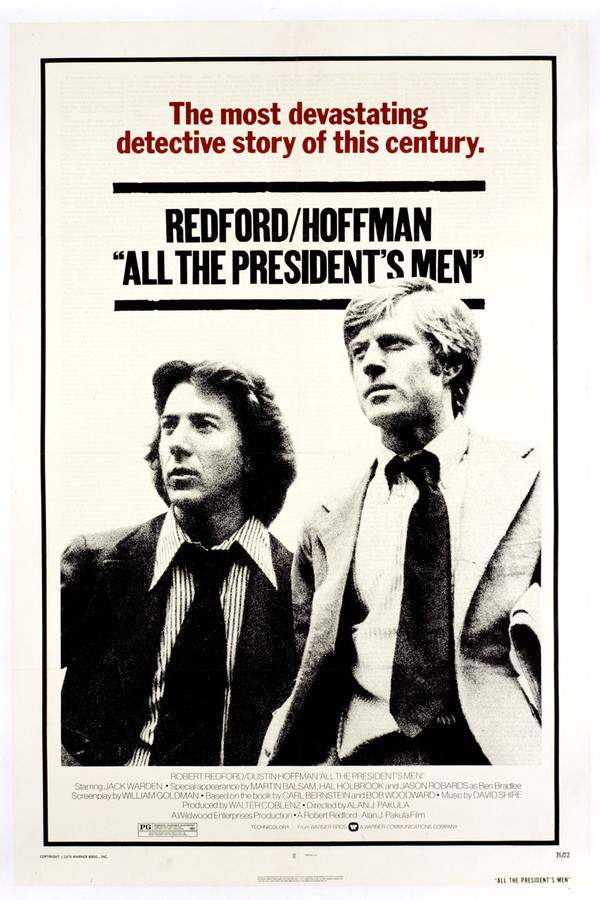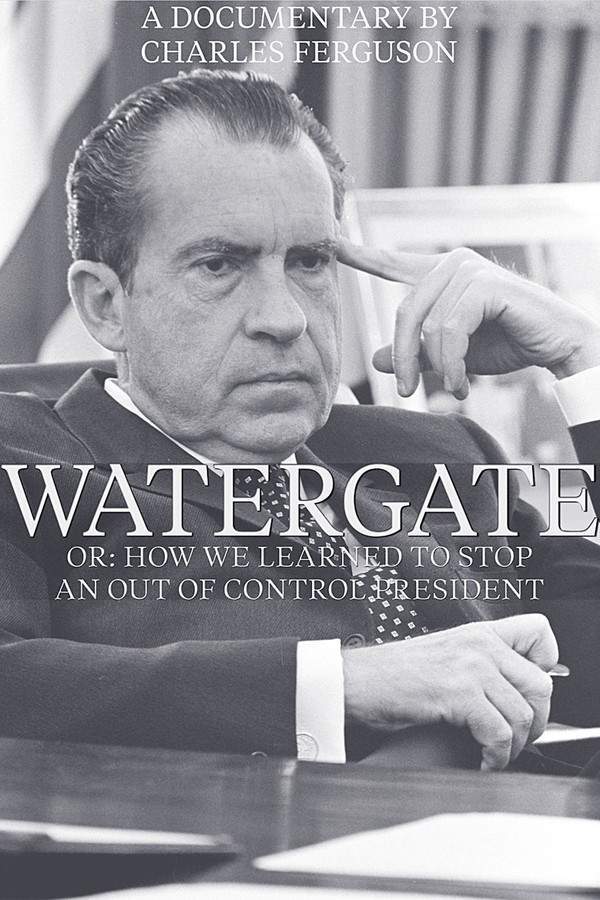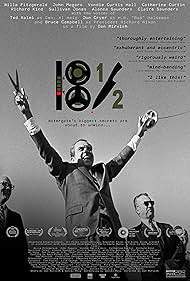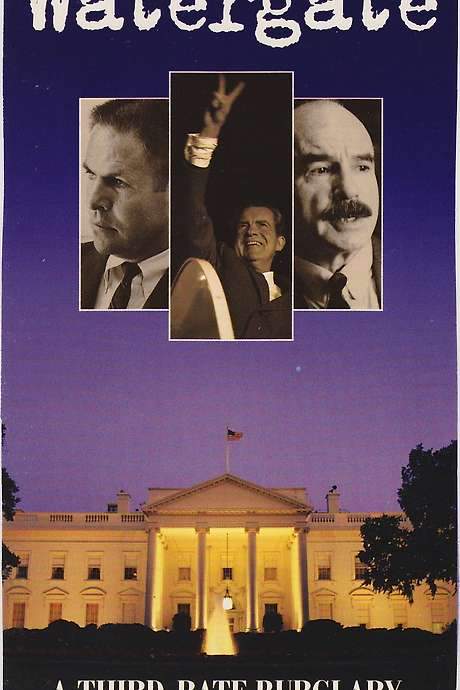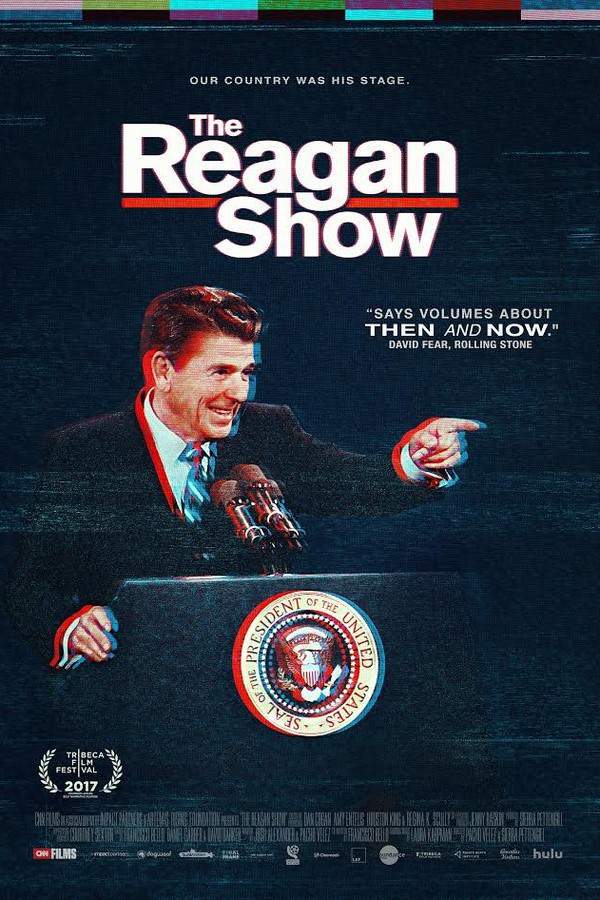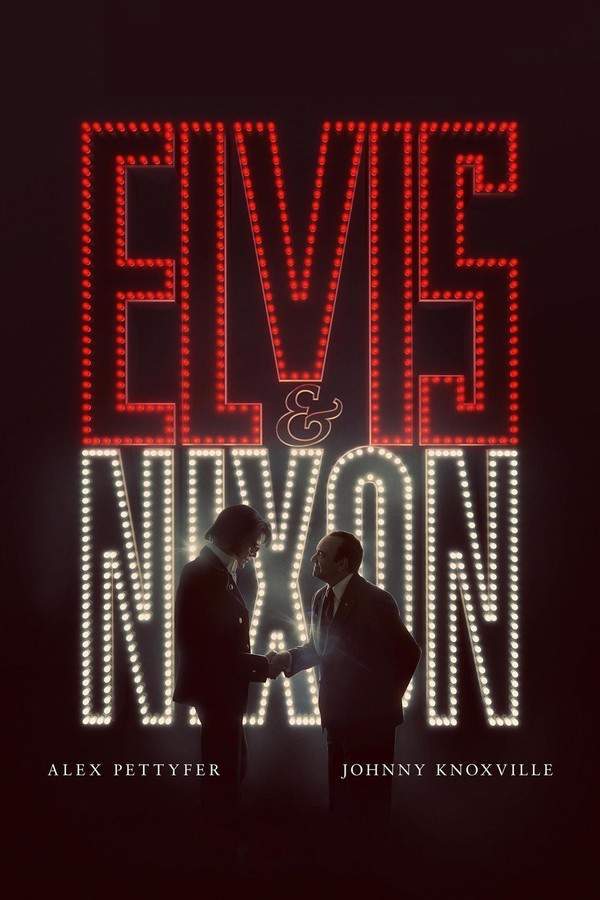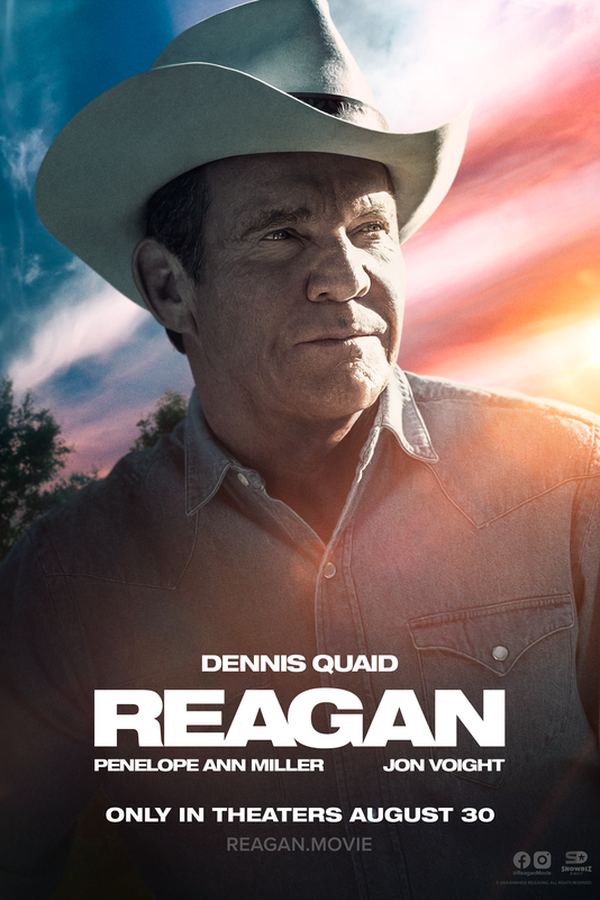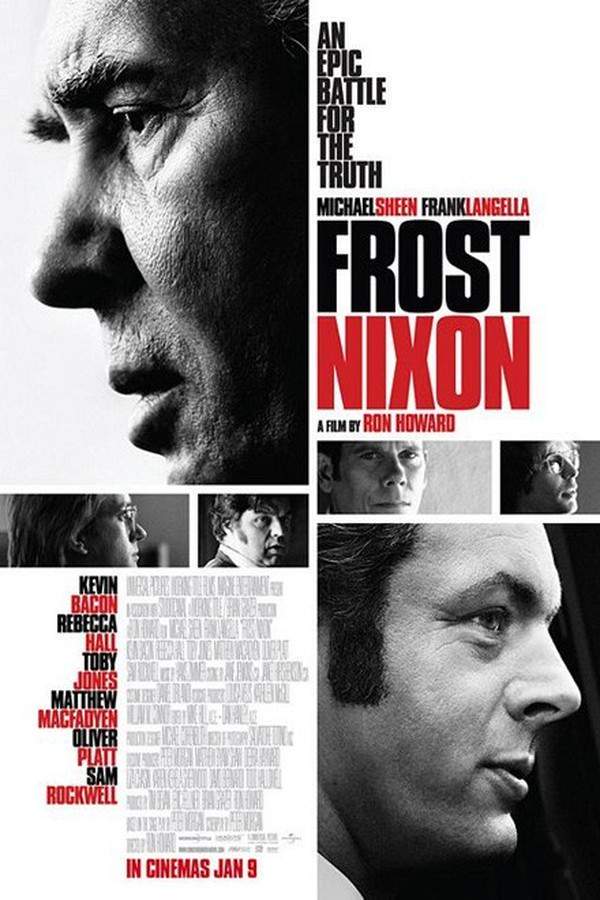
Frost/Nixon
Year: 2008
Runtime: 122 min
Language: English
Director: Ron Howard
Budget: $25M
In 1977, former President Richard Nixon seeks to rehabilitate his image through a series of interviews with British journalist David Frost. The discussions become a tense and strategic contest, as Nixon attempts to control the narrative surrounding the Watergate scandal. Frost, determined to explore the full extent of Nixon's involvement, presses him with incisive questions, leading to a revealing and captivating exchange between the two men.
Warning: spoilers below!
Haven’t seen Frost/Nixon yet? This summary contains major spoilers. Bookmark the page, watch the movie, and come back for the full breakdown. If you're ready, scroll on and relive the story!
Timeline – Frost/Nixon (2008)
Trace every key event in Frost/Nixon (2008) with our detailed, chronological timeline. Perfect for unpacking nonlinear stories, spotting hidden connections, and understanding how each scene builds toward the film’s climax. Whether you're revisiting or decoding for the first time, this timeline gives you the full picture.
Last Updated: November 08, 2024 at 02:33
Unlock the Full Story of Frost/Nixon
Don't stop at just watching — explore Frost/Nixon in full detail. From the complete plot summary and scene-by-scene timeline to character breakdowns, thematic analysis, and a deep dive into the ending — every page helps you truly understand what Frost/Nixon is all about. Plus, discover what's next after the movie.
Frost/Nixon Summary
Read a complete plot summary of Frost/Nixon, including all key story points, character arcs, and turning points. This in-depth recap is ideal for understanding the narrative structure or reviewing what happened in the movie.

Characters, Settings & Themes in Frost/Nixon
Discover the characters, locations, and core themes that shape Frost/Nixon. Get insights into symbolic elements, setting significance, and deeper narrative meaning — ideal for thematic analysis and movie breakdowns.

Similar Movies to Frost/Nixon
Discover movies like Frost/Nixon that share similar genres, themes, and storytelling elements. Whether you’re drawn to the atmosphere, character arcs, or plot structure, these curated recommendations will help you explore more films you’ll love.
Explore More About Movie Frost/Nixon
Frost/Nixon (2008) Plot Summary & Movie Recap
Frost/Nixon (2008) Scene-by-Scene Movie Timeline
Frost/Nixon (2008) Spoiler-Free Summary & Key Flow
Movies Like Frost/Nixon – Similar Titles You’ll Enjoy
Frost/Nixon: The Original Watergate Interviews (1977) Spoiler-Packed Plot Recap
Nixon (1995) Complete Plot Breakdown
Kissinger and Nixon (1995) Ending Explained & Film Insights
The Assassination of Richard Nixon (2004) Ending Explained & Film Insights
All the President's Men (1976) Plot Summary & Ending Explained
Secret Honor (1984) Plot Summary & Ending Explained
Watergate (2018) Film Overview & Timeline
Tricky Dick (1000) Spoiler-Packed Plot Recap
18½ (2022) Full Summary & Key Details
Watergate: Blueprint for a Scandal (1000) Ending Explained & Film Insights
Watergate (1000) Complete Plot Breakdown
The Final Days (1989) Detailed Story Recap
The Reagan Show (2017) Complete Plot Breakdown
Elvis & Nixon (2016) Spoiler-Packed Plot Recap
Reagan (2024) Plot Summary & Ending Explained




